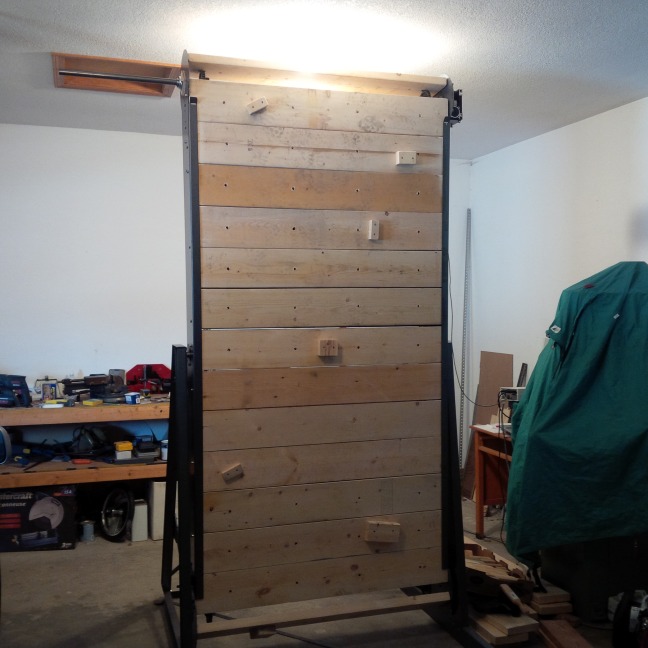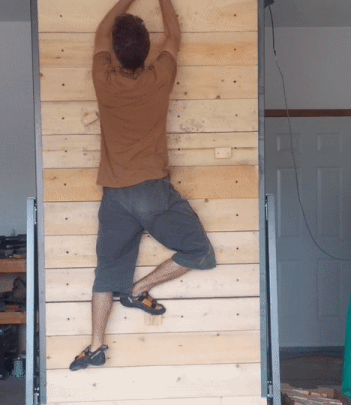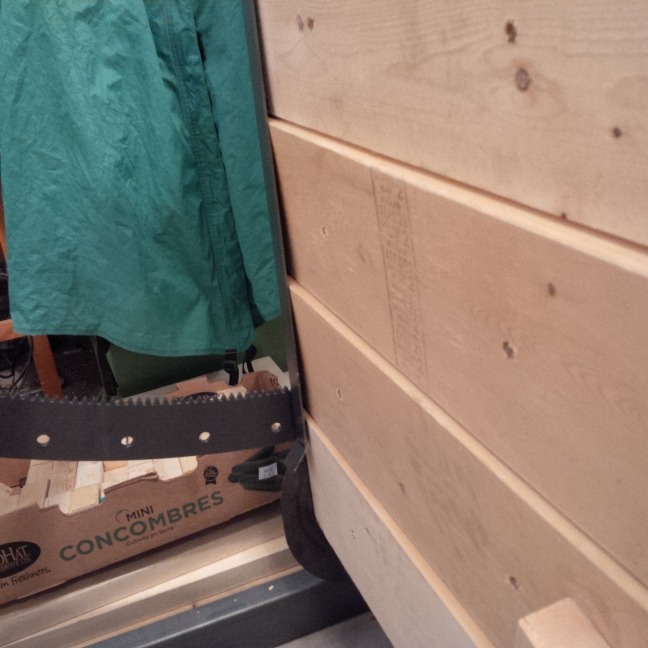Morgan and I managed to get out to the mountains for one last day of bolting before, what looks like, the end of the season for anything but bouldering. And we accomplished everything we hoped to do for the day; that alone is a huge success for any day out climbing.
We set out bright and early to hit the parking lot at 9am, with the intent of adding a final pitch to the top of Family Jewels and then hopefully rap bolting another line nearby. It was a brisk start at +5°C but the sun caught the wall all morning and we left a bunch of extra clothing at the top of the first pitch (along with our spare drill bit). Linking pitches 2&3 we quickly regained our high point on the top of pitch 4 of Family jewels with me leading and Morgan carrying our pack. Morgan got a raw deal considering the pack had our water, lunch, drill, hammer, and bolts. At the belay we discussed at length whether we should head up the clean, but more difficult climbing above the belay, or head up the easier, chossy corner system to our right.
I chose the cleaner looking line and equipped with our drill set off from the belay. (Rather than my own boldness this choice was likely due to the fact that Morgan took a dramatic fall, while bolting on lead, just a week earlier when a hold ripped. Morgan took it in stride but his story made the solid rock look much more appealing.) The climbing proved to be about 5.9, maybe 10a, and super fun right off the ledge. After the first bolt it, thankfully, eased off to climbing more like the ledgy 5.7-8 terrain found on the rest of the route.
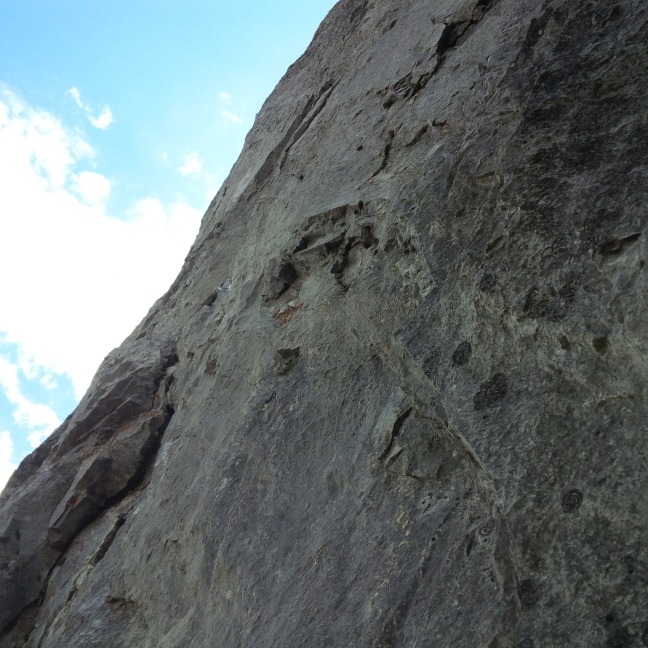
The pitch proved to be a bit longer than 30m so we elected to add a rappel station midway which allows the route to be rappelled with a single 60m rope. There is potential to add another pitch or two of climbing above the top of pitch 5 but it looks to be low quality, low angle climbing. It would only be worth doing if it turns out that it accesses some better climbing higher up, which might be the case.
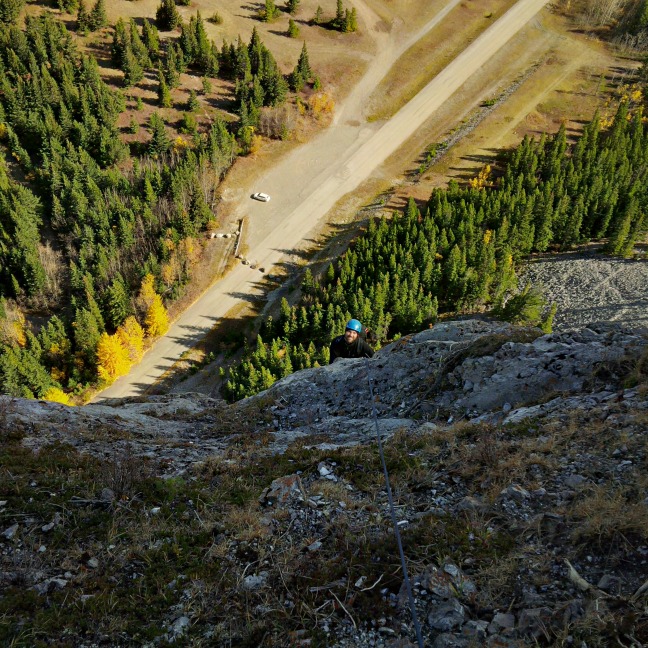
Rappelling down, I managed to break the drill bit while adding the extra station. Morgan generously offered to be lowered down to retrieve our spare drill bit; adding a solid 65m+ of climbing to his day coming back up. During this lowering and extra climbing he scoped our next objective, a line to our right.
Back at the top of pitch 4 Morgan set off to my right with the drill and a bag of bolts. He placed a directional anchor and I lowered him 60 rope stretching meters while he checked out the line. From a large ledge system Morgan climbed back up on top rope, cleaning and placing bolts as he went. We had underestimated the climb and roughly half way he ran out of bolts and had to come up and restock before finishing the route.
Morgan was pretty stoked when he was done so I was anxious to check out the line. We traded spots and he lowered me off and I took my turn trying it on top rope. It proved to be the best pitch I have climbed on this wall so far. 50ish meters of sustained climbing on good rock without the frequent ledges which seem to characterize the rest of the climbing we have found there. Although it is probably only around 5.8 in difficulty it is pretty technical slab and it takes a bit of wandering to find the holds that keep the climbing in that range.
It would have been nice to climb the new route from the ground but, with the extra station and broken drill bit it was getting on in the afternoon and we had both climbed all the terrain in the new line. So we decided to head out early and be home in time for supper.
A new topo is available which includes the new line (which Morgan named “Diamond in the Rough”) and the new 5th pitch on Family Jewels. We hope to get out first thing in the spring and make the first pitch of Diamond in the Rough a little more user friendly. As in my previous post, emerald wall can be found right here.

